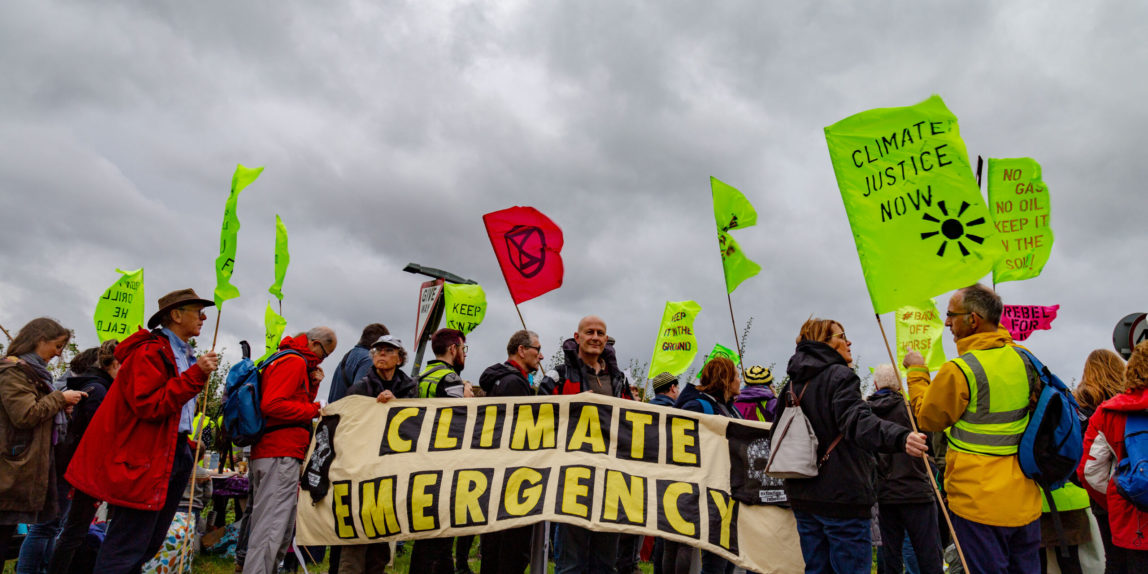My FMP builds on the ideas of Professor Fred Ritchin for a hyperphotograph that would use digital technologies like hypertext to enhance the meaning available from a photograph.
I have experimented with this concept, starting with the Ritchin sponsored Four Corners Project, and inserting my own content as invited by the toolkit. This was a useful introduction to the hyperphotograph, but I felt I could do better.
The next step was to develop a version of the hyperphotograph that used a mouse-over action as the interaction. Under testing, reviewers found this a little confusing.
The current version of the project now uses a mouse click to interact. This is more familiar to use and produces more predictable behaviour. This is the method I have settled on. The first complete story can be seen here: http://andthewatersincreased.com/rebelforlife.html
Although the series contains 13 large images, the whole series is contained in one webpage, rebelforlife.html. The main reason for this is to improve image loading times. The images are hosted on Amazon Web Services as this serves the images quickly. But all the images are large to enable Mac Retina quality levels and would take an annoying length of time to load if the navigation was from page to page. By only loading one page, the second and later images load whilst the viewing is examining the first image. By the time the viewer starts to navigate, all images have loaded.
All images are overlaid with a simple arrow navigation scheme which appears in the bottom right corner. This does not affect the viewing of the image and does mean that it is the picture which is interactive. Images with an up arrow will display further content on clicking the arrow. This appears to overlay the image with text content. This is actually an illusion, the up arrow navigates to a second instance of the image with the text permanently overlaid.
Scrolling is disabled, so the user cannot scroll between pictures. the only navigation is using the arrows. This produces an instant and completely controlled user experience.
Because the images are served from a Content Delivery Network, the page is easily portable. Should anyone else want to place the series on their website, only two files need be passed over: rebelforlife.html and a CSS styles file. This reduces the risk of error when transporting. It was always my intention to produce work which could be used under Creative Commons by people or groups with similar campaigning objectives to my own. The file structure I have used makes this possible.
The work on display at http://andthewatersincreased.com/rebelforlife.html represents a satisfying milestone. I have demonstrated that I can develop the hyperphotograph into my own signature style. I have submitted this series, under the title Rebel For Life to the Ways of Protest exhibition currently in preparation by the Elysium Gallery in Swansea.
